So the diagram is correct, as is your understanding, except for one part:
The FixedUpdate step can enter that loop on the diagram
- It can call
FixedUpdate just one time
- It can call
FixedUpdate more than once,
- Or, it can call
FixedUpdate no times.
Why? Because framerates can vary like crazy, but FixedUpdate should be Fixed. In your case your framerate (and therefore Update) is running up 1000fps because it's going as fast as it can, but FixedUpdate is just trying to hit your target physics step, probably 50 per second.
Let's look at the possibilities. Let's say your FixedUpdate is trying to match your ideal framerate of 60fps.
If you're lucky, and your game is running consistently at 60fps, then each frame, Unity will try run a fixed update, see that it was 1/60s real-time since your last FixedUpdate, and call it once. Then call Update
If your game is only running at 30fps, for whatever reason, unity will start your new frame, hit the FixedUpdate phase and see it's been a whole 1/30s real-time since your last FixedUpdate and calculate that it needs to call two FixedUpdates to catch up to that 60 per seconds. After calling FixedUpdate twice, it will then call Update, and repeat the process.
But, if you are lucky enough that your game is running at 120fps, then you don't want extra FixedUpdate calls. So, unity will reach the FixedUpdate phase, see that its been only 1/120s since the last update, and will call FixedUpdate zero times, effectively skipping this phase. It will then call Update, and only the next frame will it count the required 1/60s since last FixedUpdate and will call the function once. Effectively making FixedUpdate run only every second frame.
It's important to remember that
- Unity is single threaded in this process, nothing magic is happening and nothing is happening truly in parallel.
FixedUpdate is only guaranteed to be called the correct number of times over a period of frames. It is not guaranteed to be called exactly equidistantly in real time - it won't always happen once every x seconds realtime - only that over a period of y seconds, it will be called the correct number of times.
This last point makes sense because FixedUpdate can't "interrupt" a long running Update just because it's due, it just has to catch up before the next frame.

